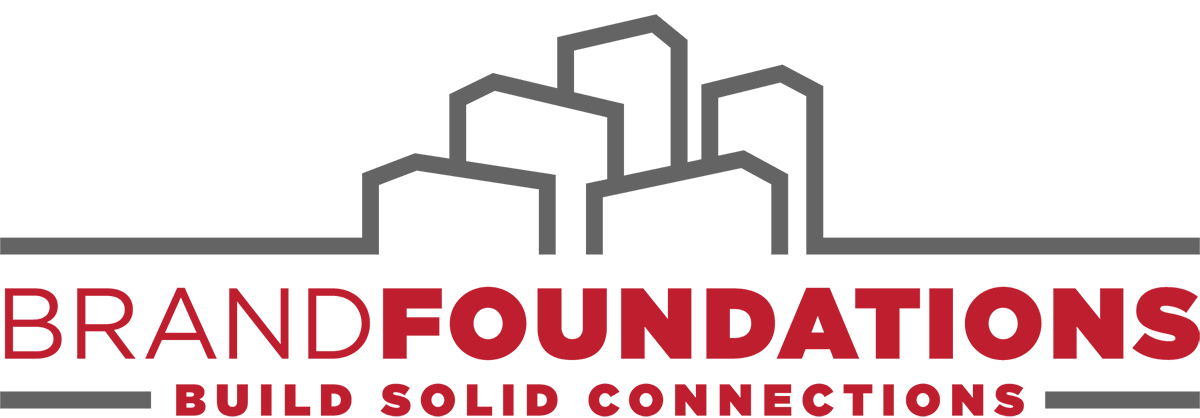Mountain biking in the snow this weekend, I marveled at how my new “fat-tire” bike allowed me to race up a particularly long and slippery climb. Mid-marvel, a guy comes zipping up behind me at a seemingly inhuman speed. We stopped at the top of the climb to chat and it turns out he was a product developer at Cannondale field-testing a new electric-powered mountain bike that they hope to bring to market in the spring. It allowed him to travel the trails – and hills – at nearly twice his normal speed.
Curious, I get home and decide to dig a little deeper into the Cannondale brand. I discovered it’s part of Dorel Sports/Cycling Sports Group – a “house of brands” (where the parent corporation typically flies under the radar, subordinate and far less publicized than the brands under its control) that owns Schwinn, Cannondale, GT Bicycles and more.
As with many “brand houses” (e.g., GM, P&G, Newell-Rubbermaid, etc.), Dorel/CSG’s “product brands” fall into the same category… in this case, bikes. In order to properly differentiate the brands and drive efficient marketing campaigns, smart parent companies apply archetypes – well-understood “personalities” – to each portfolio brand.
GM provides a great example. Within its holdings, there’s a “ruler” brand (Cadillac) and an “everyperson” brand (Chevy). Similarly, Newell’s Coleman (“The Outdoor Company”) is an “everyperson” outdoor equipment brand while Marmot (founding story: “Two men shared a dream to reinvent how we explore.") is positioned as an “explorer/magician” brand; an archetype that reflects more technically advanced products and justifies a higher price point.
A quick look at Dorel’s portfolio made it clear that the company was doing the same, perfectly applying archetypes across its portfolio brands:
Cannondale: At the top of Dorel’s brand lineup is Cannondale. Established in 1971, it’s one of the oldest and most prestigious bike brands in the world. Not the largest by any stretch, but Cannondale carries with it a mystique of originality and is known for pushing the boundaries of innovation. Its brand represents a combination of “ruler” (the “legendary leader”) and “magician” (“challenging one's perspectives”) archetypes. As a ruler, it is prestigious and powerful, setting the standards for others to follow and projecting status and confidence. As a magician, it is known for completely unique innovations such as the single-sided fork that seems to defy gravity. My chance encounter this weekend – and a quick test spin on an electric-powered mountain bike – perfectly demonstrated that magic.
Schwinn: At the other end of the Dorel spectrum is Schwinn, one of the world’s oldest bike brands (founded in 1895). Almost every American kid’s first “real” bike was a Schwinn, and the brand taps into this connection with attributes of two different archetypes: the “innocent” and the ”everyperson.” As an innocent, the brand speaks to the optimism and excitement of your first ride. Or as the company puts it: “Schwinn is the memory of first learning to ride as a child. It’s the freedom of pedaling around the neighborhood before you were old enough to drive.” And as an everyperson brand, Schwinn offers parents an affordable bike and the common experience of “…watching your child go without training wheels for the first time.”
GT Bicycles: Yet another member of the Dorel lineup is GT Bicycles, which presents as a classic “hero” brand. Rooted in a culture of BMX and mountain bike racing, even the name “GT” exudes notions of performance, winning and – as Dorel explains – “...pushing one’s personal limits.”
All three are perfect examples of a house of brands using archetypes to clearly differentiate its holdings within the same category. Archetypes help each brand appeal to different audiences and allow the parent company to efficiently direct their campaign spending on the right audiences with the right messages.
Does your company have multiple brands in the same category? Does each one clearly appeal to a different audience? If not, give us a shout and we’ll be happy to help you identify the natural archetypes at work across your holdings. Or download our infographic explaining the most common archetypes and examples of popular brands that apply them.
And if anyone from Cannondale should happen to read this, I’ll gladly take that electric-powered demo bike off your hands when you’ve finished your testing! ;-)




